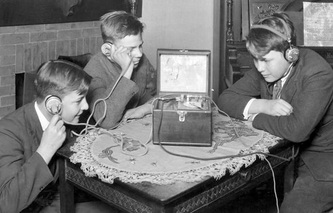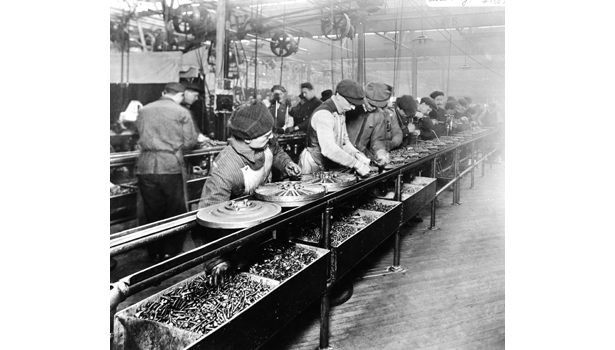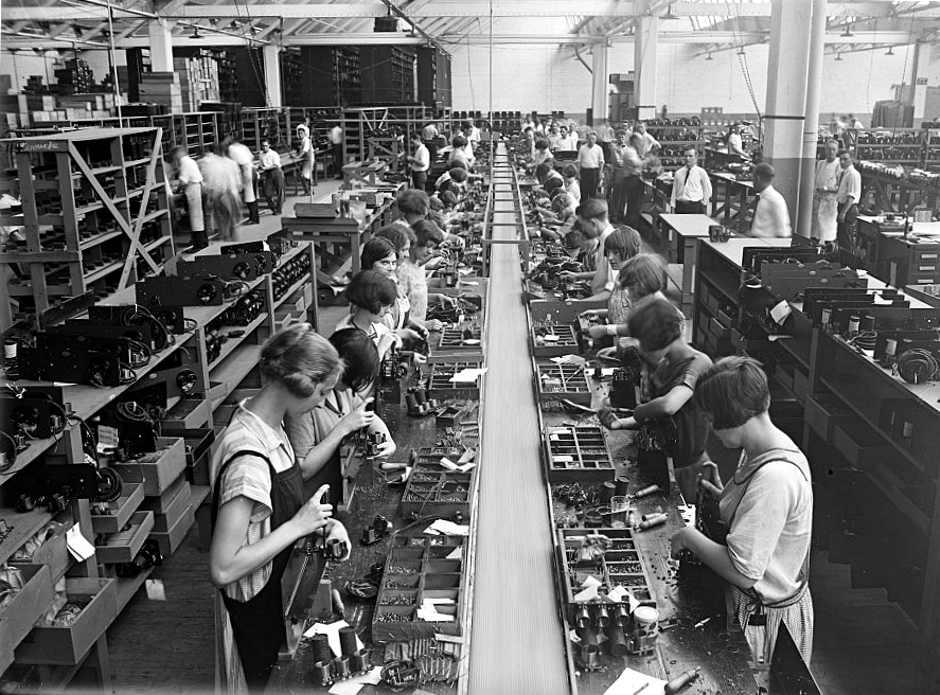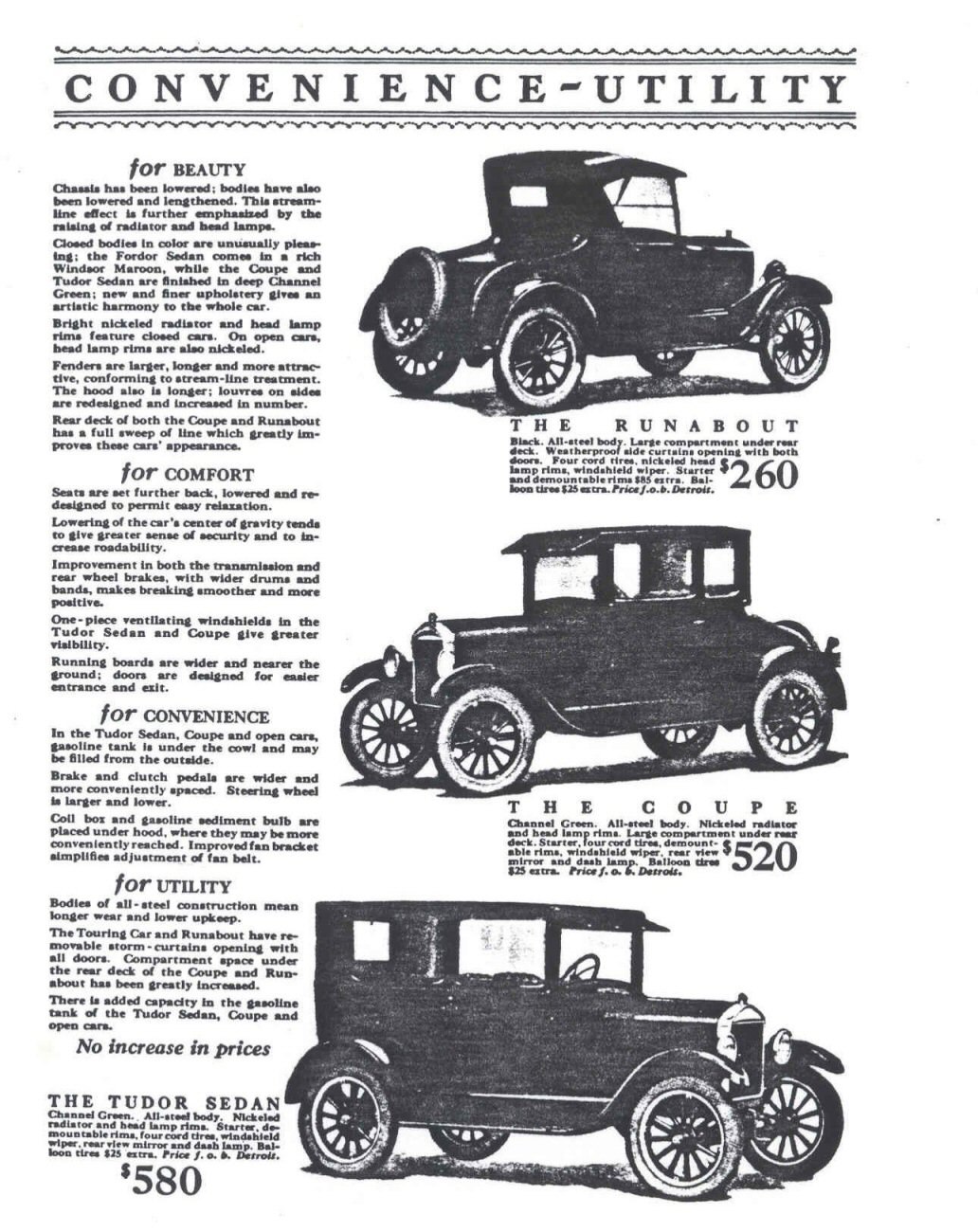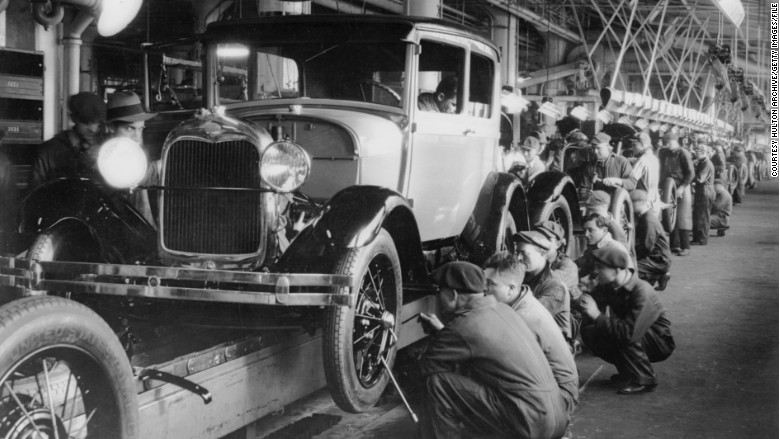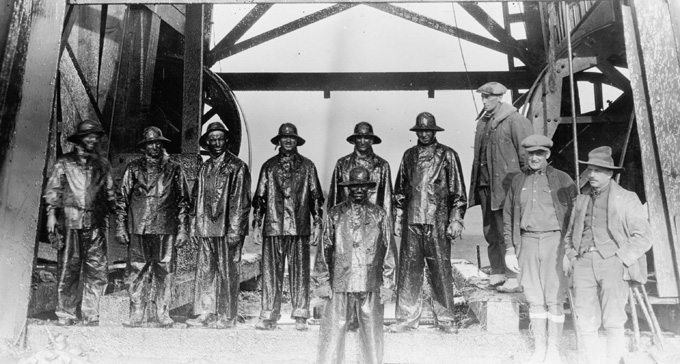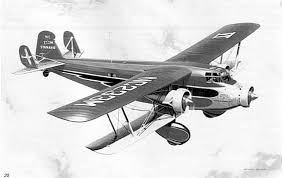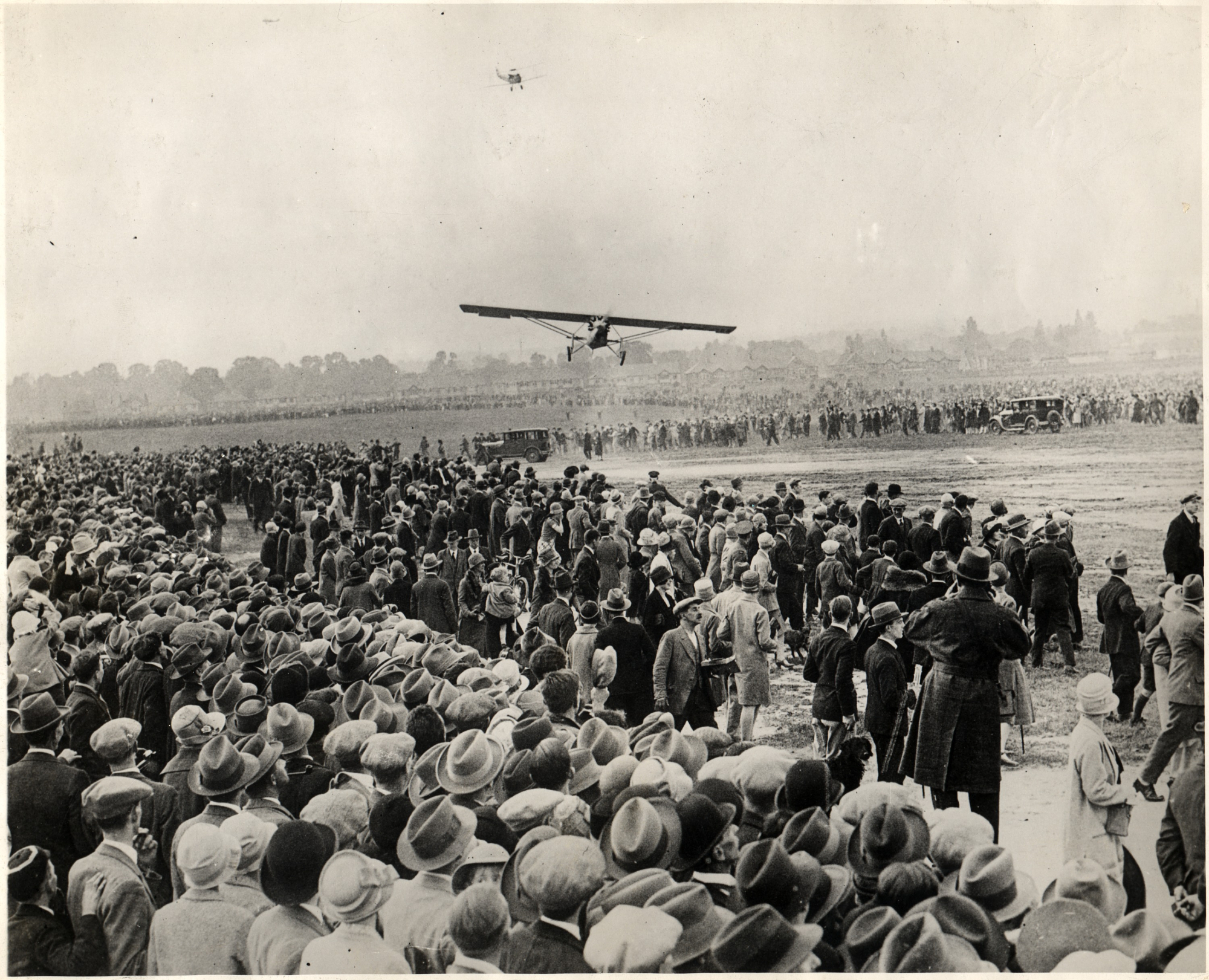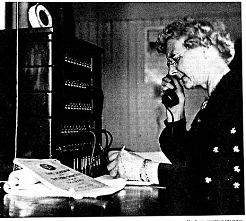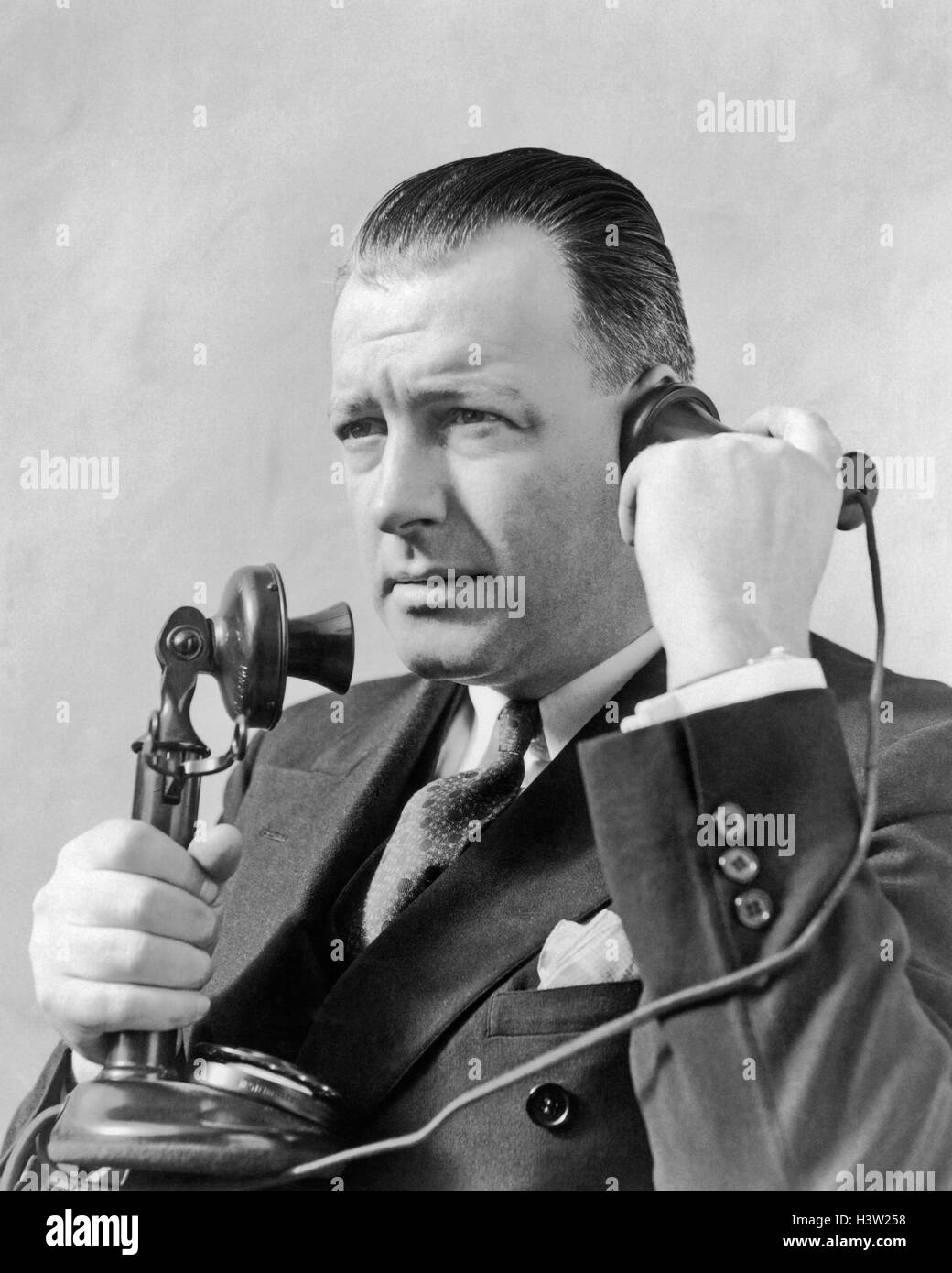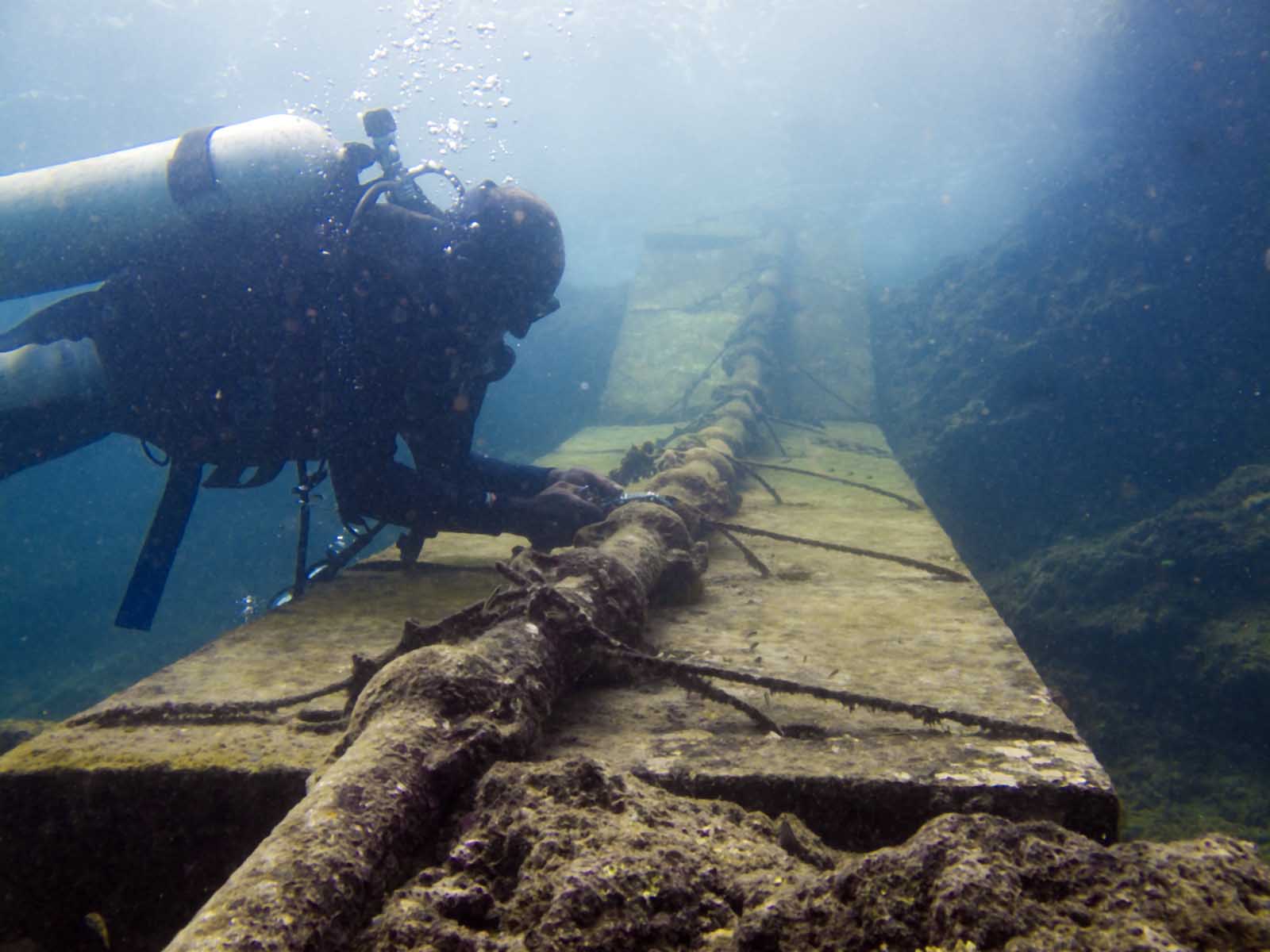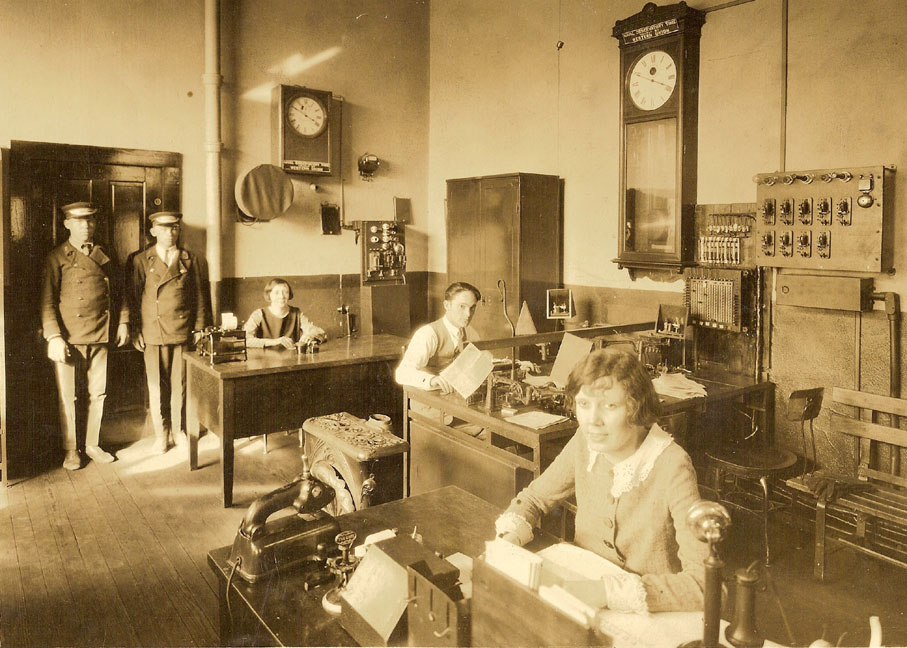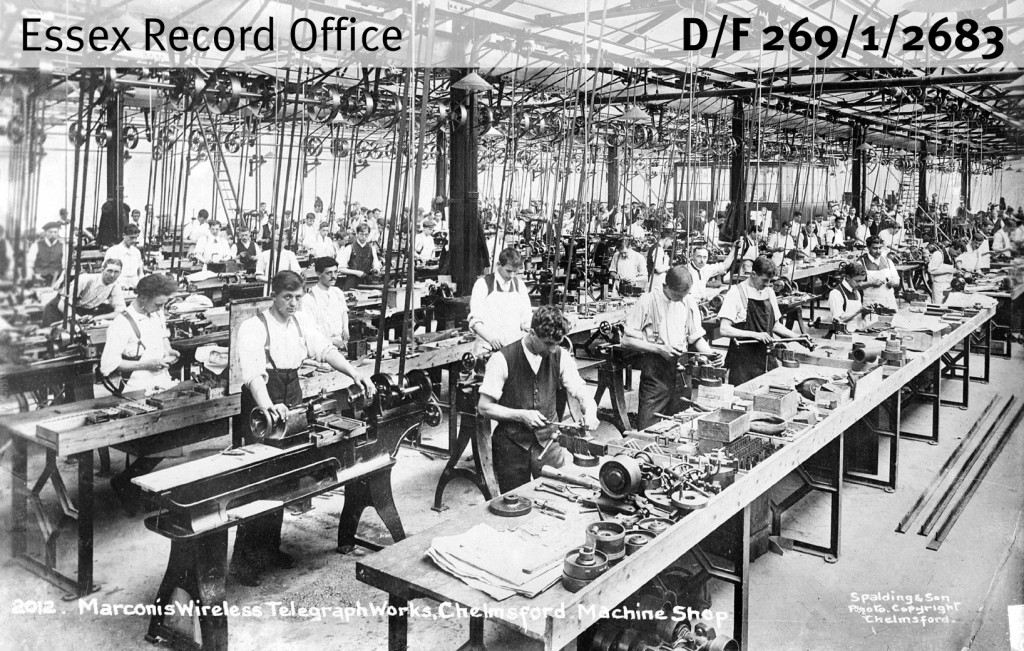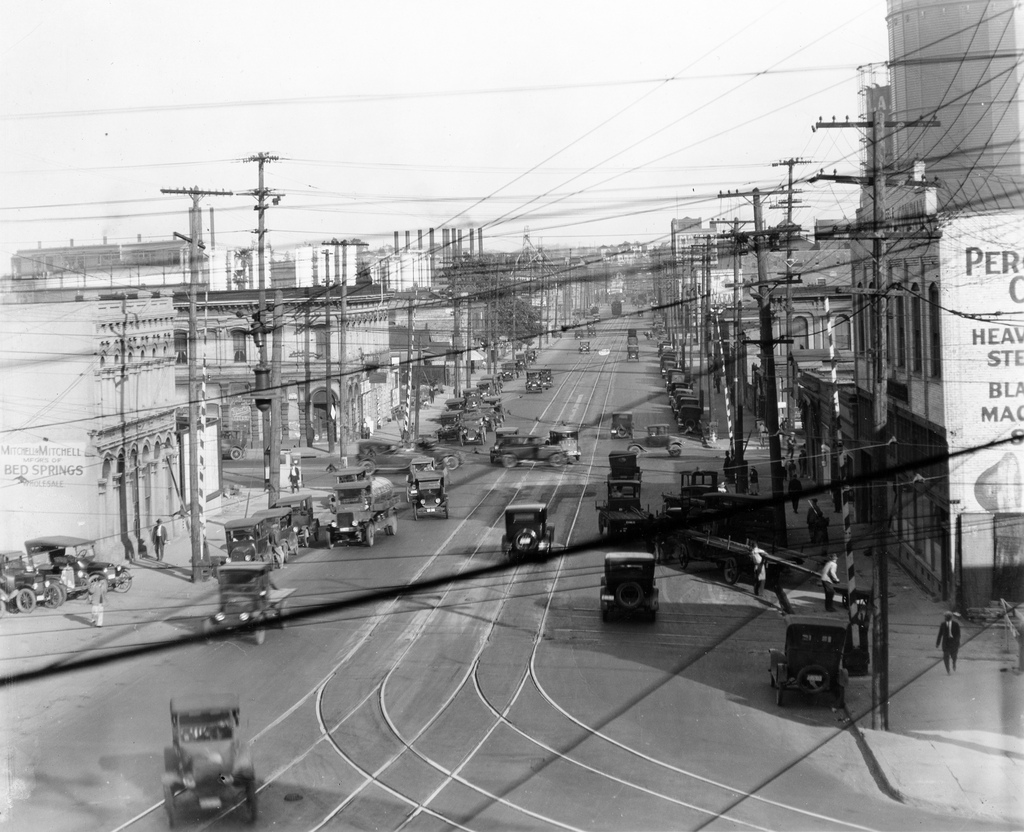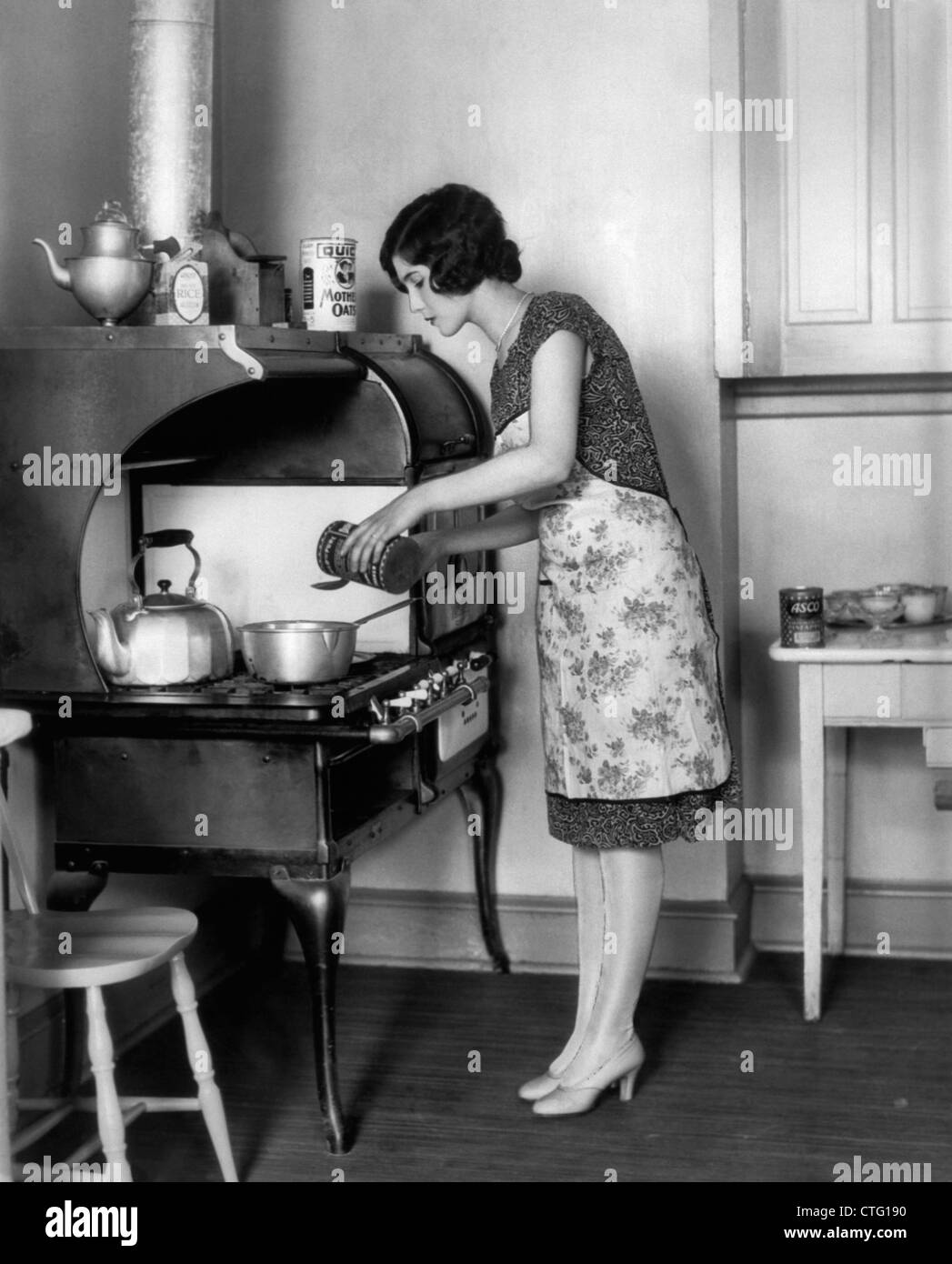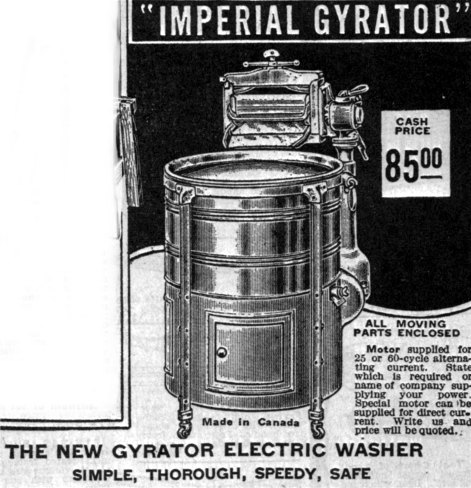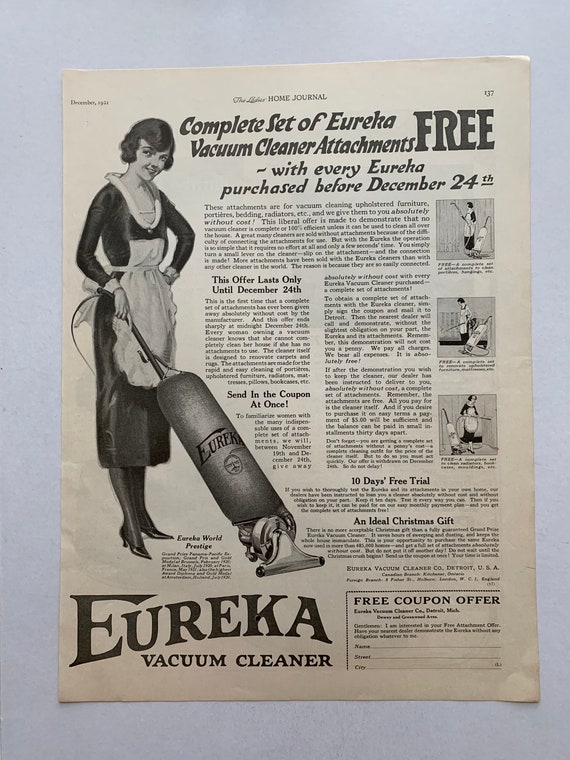1920s Unit Module Two - Advances in Technology
*******
Listen to "1920s - Module Two - Advances in Technology" on Spreaker.
*******
The links below will help you with translating tools between English and Spanish.
But... it was Henry Ford who made cars cheap enough for MANY people to be able to buy.
Look for the moving assembly line belt that goes right between the two lines of women standing as they make radios. You know it is during the 1920's because almost ALL of the women have the hairstyle that was popular then, called the "Bobbed" look. Bobbed means cut off short. How much fun do you think it would be to do this 10 hours beach day for 6 days a week?
Movable Assembly Line to Make Cars
They made their first flight on December 17th, 1903.
In 1898 he started a factory making radios.
Men making radios in the Marconi factory in England
Rin-Tin-Tin
The links below will help you with translating tools between English and Spanish.
1. Audio of a words in both English and Spanish. Will also translate phrases.
2. Google Search - Espana: The word can be typed in English, and the search finds results in Spanish, including images
3. Also Google Arabic is available.
2. Google Search - Espana: The word can be typed in English, and the search finds results in Spanish, including images
3. Also Google Arabic is available.
- What do you see?
- How do you connect to this image?
- What can you infer about this image?
- What questions do you have?
Advances in Technology
Technology was changing rapidly (quickly) then just as it is now. What version of the i-phone is the most popular now, the 12??? How far behind can the iPhone 14 be? The technology developing back in the 1920s included automobiles, assembly lines, airplanes, communication, and many uses of electricity (which was becoming more and more available).
Automobiles
Transportation improvements were some of the things in the United States that had a big impact on life. One of those transportation things was the development of the AUTOMOBILE (auto or car for short). The gas powered auto was invented in 1885 in Germany by a man named Karl Benz.
This is Karl Benz' first car. If you look closely you can see the gas engine behind the seat.
But... it was Henry Ford who made cars cheap enough for MANY people to be able to buy.
Movable Assembly Line
He took a system of making things called the assembly line and changed it. An assembly line is where people are lined up in groups to work together to make things (products). Mr. Ford took that assembly line idea and made it a MOVABLE ASEMBLY LINE system by adding a MOVABLE belt to help the work move better.
Wheels are moving past the people and each one adds a part. When it gets to the end it is a finished wheel.
That way the workers could stay in one place while they worked, and the products would pass by them on the belt while they did their one small part of putting the cars together (maybe tightening a bolt, maybe inflating a tire, maybe putting in glass).
Soon many more companies were using the movable assembly line system to make MANY different products.
Movable Assembly Line to Make Cars
Using the movable assembly line system allowed Mr. Ford’s company, Ford Motors, to make a LOT of cars quickly. When Ford Motors started making their first main car, the Model T, it took 728 minutes to make one. After perfecting (making it work REALLY well) the MOVABLE ASSEMBLY LINE system Ford Motors was able to put a car together in 93 (about an hours and a half) minutes. That was an improvement of 635 minutes, or 10 ½ hours!
All of these cars are coming off of the assembly line, ready to sell and make money!!!
The workers did not waste time walking back and forth to do all the parts of their jobs, they just stood still and did their simple task (tightening bolts, shining glass, painting metal). This meant you did not need skilled workers who you had to pay more. You could hire unskilled ones and pay them less. Your product was cheaper to make, and YOU could make more money.
This system of making a lot of products quickly was called MASS PRODUCTION. Mass Production is when you produce (make) LARGE numbers of a product. It was cheaper to make products this way, and you could sell them to consumers (people who buy things) at lower prices (cheaper). In October 1908 Henry Ford sold the Model T for $950. By 1927 the price had dropped as low as $260.
Ford advertisement for different cars. Notice the price for the one at the top
Effect of More Cars Being Made
These more affordable cars did help to improve transportation, and that caused big changes to life in America.
- One way life was changed by more automobiles being available was that it was now easier to move around, which was called GREATER MOBILITY. People now had more choices than to live in crowded cities, but could live in nicer places and use their auto to drive to work. People could use their car to travel to places they had never seen before.
- Then there were the people who now had jobs working in businesses that served all of the people who now were driving around in their cars:
By the end of the 1920’s ONE out of every FOUR people working in the United States earned their living doing something related to cars.
Many people say that the WRIGHT BROTHERS, Orville and Wilbur, developed the first airplane. What they made was a plane that carried its own motor and had wings that did not move. A bird can fly because it has wings that flap (move) and can help lift it in the air.
Look at the engine in the middle of the plane in front of the pilot
They made their first flight on December 17th, 1903.
Interesting Airplane Facts:
- Airplanes served a large role in the fighting of WW I from 1914-1918.
- The first plane crossed the Atlantic Ocean without stopping in 1919. This was also done in 1927 by an American named Charles Lindbergh, who was the first to do it by himself.
- AND...MANY companies started in the 1920’s in the U.S. to make airplanes, including: Gallaudet, Burgess, Thomas Brothers, Loening, Aeromarine, Glenn Martin, Boeing, Loughead, and many more.
COMMUNICATION
Communication served as another area that saw great advances during the 1920’s.
Telephones became more available and were used in more ways. By 1920 more than ONE in every THREE ( 1/3) of every house had a telephone. The 1920s also saw continued advancement in telephone technology, beginning with the first completely automatic phone call connection system. This means that you did not have to have a person (an operator) help you make the connections to make a call. Sound of a 1920s phone being dialed, and then getting a busy signal.
A telephone operator making a connection to someone for the person who made a phone call
Radio Industry
The radio was a way to send sound without using wires. People started working on this idea in the 1880’s. Then, in 1896, a man named Guglielmo Marconi, an Italian man in Italy, developed a radio that was more successful than other had been.
Mr. Marconi and his radio. It could send signals through the air
In 1898 he started a factory making radios.
Men making radios in the Marconi factory in England
In the 1920s people began to find a way to make money by using networks of radios ( a group of radio stations that all broadcast the same program) to broadcast (send) information.
The first radio news program was broadcast by station 8MK, in Detroit, Michigan. In October of 1920 the Westinghouse company in Pittsburgh, Pennsylvania became the first US broadcasting station to be licensed to make money by selling advertising. It was given the letters KDKA as a way to identify them. Now stations like KDKA were able to make money advertising products to anyone (KDKA still exist. Click on THIS link to hear it!!!) They also broadcast the results of the election for President in 1920.
1st radio broadcast. List to it!
Radio became WILDLY popular when used to broadcast sporting events. On September 22 of 1927 a boxing match between the current and previous champions, Gene Tunney and Jack Dempsey, was heard around the nation by millions of listeners.
Soon music and drama shows, similar to entertainment we watch on TV today, were being heard through radios. The following three audio files will give you a small idea of what radio programs sounded like during the 1920s.
- Music - 1920s (This link lets you hear some radio music shows from the 1920s)
- Drama
- Rin Tin Tin ( 1925) (Don’t listen to all of it now!!!)
Movie Industry
People started working on making movies as long ago as the late 1890’s. Sometimes these early attempts to make movies would even be animations
Steamboat Willie (the mouse)- Recognize him???
In 1907 there were about 4,000 small “nickelodeon” cinemas (locations where people could watch short movies) called “nickelodeons.” Improvements continued in movies through the years, which were still mostly silent with no talking connected to the films.
[Watch a few minutes of the following video to get an idea of how silent movies worked. It is long, so do not take enough time to watch all of it the first time through.]
Charlie Chaplin - he was VERY famous comedian star
Charlie Chaplin - he was VERY famous comedian star
During the 1920’s people began to develop the ability to connect sound to the movies. Movies were popular because there was no need to be able to speak English well to understand movies. By 1926 there were 20,000 movie theaters (places people watched movies). Tickets cost an average of 50 cent each. By end of 1920s more than 100 million people per week were attending movies. That means that every week the movies made $50,000,000.
Electrification
ELECTRIFICATION is when something is made to run on electricity, or when electricity is made WIDELY (a lot) available in an area.
Electric lines that carry electricity over a WIDE area
In The United States during this time electrification meant that electricity was being used more and more all over the country for many different things. More and more electricity was being made and used as time went on. Electrical generating plants were being built around the country.
They generated (made) electricity in this factory and sent it out over wires
Electrical lines that move the electricity from one place to another were being put up around the country . Factories were using electricity to stay open around the clock making their products. More and more products that used electricity to operate were being invented.
Lighting:
People no longer had to use only oil lamps to light their homes. They could now have lamps that used light bulbs. Factories could operate every hour of the day, making better use of their time to make money.
Farmers could go out to milk their cows in the dark and not worry about the lantern starting a fire.
Theaters could show movies, which would require lighting in the theater and in the movie projector.
This machine used electricity to make the movie visible
Entertainment:
Many forms of entertainment we now take for granted ( assume they have always been around ) started during the 1920’s because of the newly available increased supply of electricity. Radios and movies needed electricity to even work. Sporting events could now be played at night, with the first night game in baseball being played in the late 1920’s. A very famous boxing match between Gene Tunney and Jack Dempsey was held outdoor at Soldier Field in Chicago at night.
This is 12 minutes long. Don't watch all of it. Just take a look to see what interested people back then!
This is 12 minutes long. Don't watch all of it. Just take a look to see what interested people back then!
As we have already said, communication through phones and radio would not have been possible without large and growing availability of electricity. You needed electricity to make them at the factory, and electricity to make them work in your home.
Products: Labor Saving Devices
Radios and phones were not the only new products possible because of electricity. Many products that already existed could now be made to work better through making them operate by electricity. This helped people do hard jobs easier. These products were called labor saving devices, because they did help you not have to work so hard. They included:

